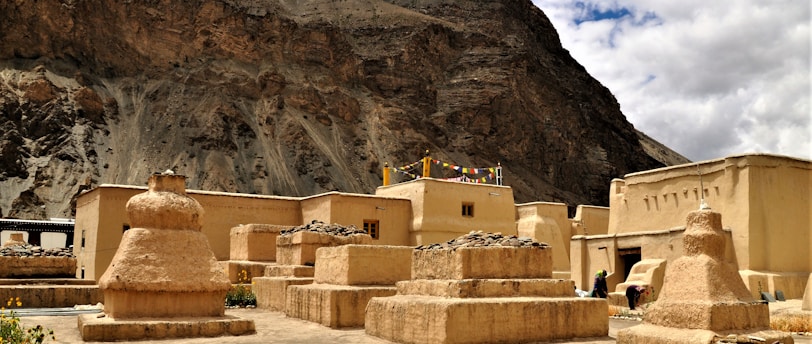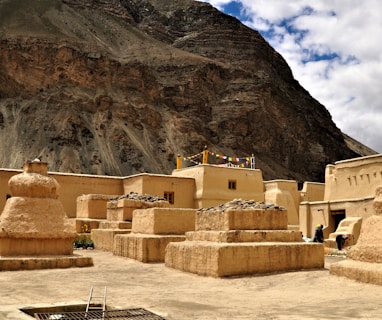Mud Houses: A Sustainable Option for the Future
Mud houses are a sustainable option for housing that has been around for centuries. They are made from natural materials that are readily available, and they can be built to be very energy-efficient.
8/1/20232 min read


Mud houses have been around for centuries, and they are still a popular choice for sustainable housing today. Mud is a natural material that is readily available in many parts of the world, and it is relatively easy to work with. Mud houses are also very energy-efficient, as they can help to regulate the temperature inside the home.
The Benefits of Mud Houses
There are many benefits to building a mud house. First, mud is a sustainable material that is readily available in many parts of the world. This means that mud houses can be built without having to transport large amounts of materials, which can reduce the environmental impact of construction.
Second, mud houses are very energy-efficient. Mud is a good insulator, which means that it can help to keep the temperature inside the home consistent. This can save on energy costs, as you won't need to use as much heating or cooling.
Third, mud houses are relatively easy to build. Mud is a pliable material that can be shaped into different forms. This means that mud houses can be built by hand, without the need for heavy machinery.
Fourth, mud houses can be very comfortable to live in. The walls of a mud house breathe, which helps to regulate the humidity inside the home. This can help to prevent mold and mildew growth, and it can also make the home feel more comfortable.
Fifth, mud houses can be very beautiful. The natural materials used to build a mud house can create a warm and inviting atmosphere.
The Challenges of Mud Houses
There are a few challenges associated with building a mud house. First, mud is a perishable material. This means that mud houses need to be properly maintained to prevent them from eroding or collapsing.
Second, mud houses can be susceptible to pests and moisture damage. This is why it is important to choose a site for your mud house that is well-drained and protected from pests.
Third, mud houses can be more expensive to build than traditional homes. This is because mud houses require more labor and time to build.
Green Tips for Mud Houses
There are a few things you can do to make your mud house more sustainable. First, you can use locally-sourced materials when building your home. This will help to reduce the environmental impact of construction.
Second, you can use sustainable building practices, such as rainwater harvesting and passive solar design. These practices can help to reduce your energy consumption and make your home more comfortable.
Finally, you can maintain your mud house properly to prevent it from eroding or collapsing. This includes repairing any damage that occurs and sealing the walls to prevent moisture from seeping in.
Conclusion
Mud houses are a sustainable option for housing that has been around for centuries. They are made from natural materials that are readily available, and they can be built to be very energy-efficient. If you are looking for a sustainable way to build your home, a mud house is a great option.
Keywords
mud houses
sustainable housing
energy-efficient housing
natural materials
locally-sourced materials
rainwater harvesting
passive solar design
sustainability
green building
In addition to the tips mentioned above, here are some other ways to make your mud house more sustainable:
Use recycled materials whenever possible.
Plant trees and shrubs around your home to provide shade and help to regulate the temperature.
Use solar panels to generate electricity.
Install a rainwater harvesting system to collect rainwater for use in your home.
By following these tips, you can help to make your mud house a more sustainable and comfortable place to live.
